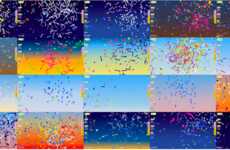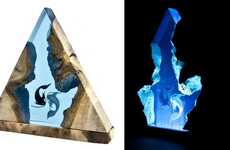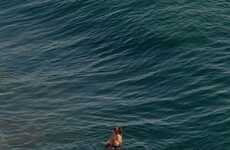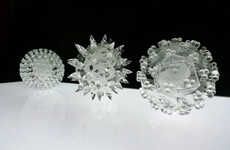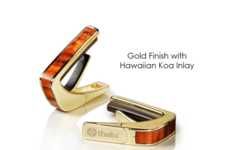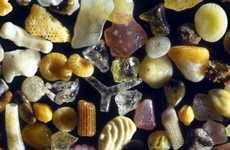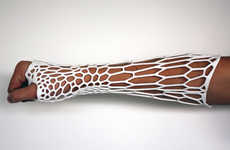
The David Liittschwager Photos Reveal Many Underwater Species
References: liittschwager & mymodernmet
The David Liitschwager photographs of a mere splash of seawater were produced in collaboration with National Geographic. Taken near Hawaiian water beds, Liitschwager aimed to showcase a myriad of organisms within a tiny sample of liquid.
Liitschwager was met with a great challenge. Plankton is miniature and often transparent, making it incredibly difficult to photograph and relay to viewers. By zooming in on the sample 25 times over, he was eventually able to capture fish eggs, larva, algae, marine worms and copepods amid other species.
A petri dish provided the backdrop for this picture. When paired with a bright light, the small creatures were illuminated, hence the images of tentacles, eyes, legs and tiny tails.
Liitschwager was met with a great challenge. Plankton is miniature and often transparent, making it incredibly difficult to photograph and relay to viewers. By zooming in on the sample 25 times over, he was eventually able to capture fish eggs, larva, algae, marine worms and copepods amid other species.
A petri dish provided the backdrop for this picture. When paired with a bright light, the small creatures were illuminated, hence the images of tentacles, eyes, legs and tiny tails.
Trend Themes
1. Microscopic Aquatic Life Photography - Opportunity for companies to develop innovative methods to capture visuals of small or transparent organisms in water bodies for scientific research, education and entertainment purposes.
2. Biodiversity Mapping Technology - Development of advanced mapping technology for underwater organisms to support marine biology research, improve management of water resources and inform policy-making.
3. Citizen Science Initiatives - Encouraging public participation in marine science research through crowd-sourced data collection and analysis by developing user-friendly mobile apps and websites.
Industry Implications
1. Scientific Research - Implementation of innovative and high-tech methods in scientific research to uncover the mysteries of microscopic marine life, develop conservation strategies and prepare for climate change adaptation.
2. Education - Incorporating visually stunning microscopic images of aquatic organisms into educational materials for schools, colleges and museums to raise awareness about marine biodiversity and conservation.
3. Tourism and Entertainment - Adoption of advanced underwater imaging technology and interactive exhibits in aquariums, theme parks and other entertainment venues to attract visitors and provide an educational and immersive experience.
0.4
Score
Popularity
Activity
Freshness

